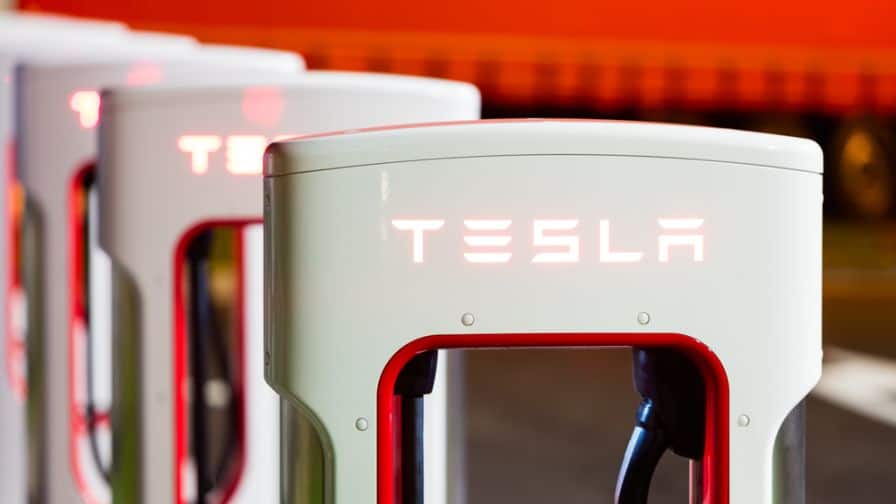“There will be fewer and fewer jobs a robot cannot do better.” Those were the words of Tesla chief Elon Musk at the World Government Summit in Dubai. In an impassioned speech, he asked what meaning humans will have without jobs. This follows Mark Carney’s comments late last year on the dangers of robotics and AI “destroying jobs”.
Musk argued that if humans want to add value, they must conduct a “merger of biological intelligence and machine intelligence”. Whilst to some this may seem like a sci-fi movie in the works, Musk’s suggestions really do extend to the symbiosis of man and machine. What’s more, the sentiment of humans working together with artificial intelligence technology is an important one for performance marketers to consider.
Can we live with AI?
The big challenge is ensuring our interaction with machines is consistent and positive. In the last few weeks, it emerged that major car manufacturer, Ford, had to abandon Level 3, or “conditional”, autonomy, where a human driver is supposed to take over in a matter of seconds for an overwhelmed autonomous vehicle, as professional testers began losing situational awareness during the testing process.
Raj Nair, Ford’s product development chief, put it this way: “These are trained engineers who are there to observe what’s happening. But it’s human nature that you start trusting the vehicle more and more and that you feel you don’t need to be paying attention.” This goes to show that even in test environments, we choose to give up any role for ourselves where basic processes are automated.
Can we live without it?
In an ideal world, you as a marketer would speak personally to each and every one of your customers to provide the best possible experience. You could create an engaging interaction, supported by hyper personalised messages adapted to that customer and respond directly to their needs – much like a face to face interaction in store.
However, in this digital age, marketing teams would need to be hundreds of times the size they are to have this manner of conversation and provide a seamless customer journey. This is primarily the fault of our multichannel habits. Email, phone, text, messaging apps, social platforms, traditional mail – there are so many communication channels that brands are over-messaging and customers are switching off.
Additionally, marketers need to be able to react in real time. You have to accurately access, process and act on data in milliseconds – sometimes even quicker. In a research report by Wiraya, nearly one in five consumers (17%) complained that they never received relevant information. Another fifth (20%) said they received relevant information but not when they wanted it, suggesting we as marketers are not keeping pace on our own.
AI to the rescue
AI holds the key to delivering significant performance returns. Advanced algorithms that use predictive analytics to execute on data-driven actions and act effortlessly on unpredictable situations are enabling advertisers to maintain intelligent conversations with consumers as they switch between multiple devices.
Added to this, with the advancements in AI technology it is now possible to retain that human aspect and be just as intelligent as a customer dialogue. Combining AI with customer data means you can create intelligent service-oriented communication that is adapted to the customer’s behaviour, in real-time. The communication is done in a way that suits your customers and it’s an engaging, useful interaction.
This much isn’t the future, it’s today. The tools are already available to enable brands to create messages and select channels that are relevant to customers’ behaviour, in real-time.
The human touch
Take into account how you create a compelling message that speaks to customers’ emotions. If you want a customer to renew an insurance contract; don’t just ask them to do this, turn it around and try to offer a service rather than a sale.
In our company, we’ve used AI-driven pre-recorded personal voice calls alongside text messages that are individually personalised. These messages give the customer the opportunity to be connected with customer support, either immediately, or at a convenient time for them. We’ve carried out several studies on how the respondents perceive this type of communication and more than 90% say they prefer this way of being contacted.
Collecting these data pieces is key because as more consumption goes through digital channels, it creates a vital data resource for marketers. No longer purely a future technology, artificial intelligence is here and the prerogative of every next-gen marketer.

